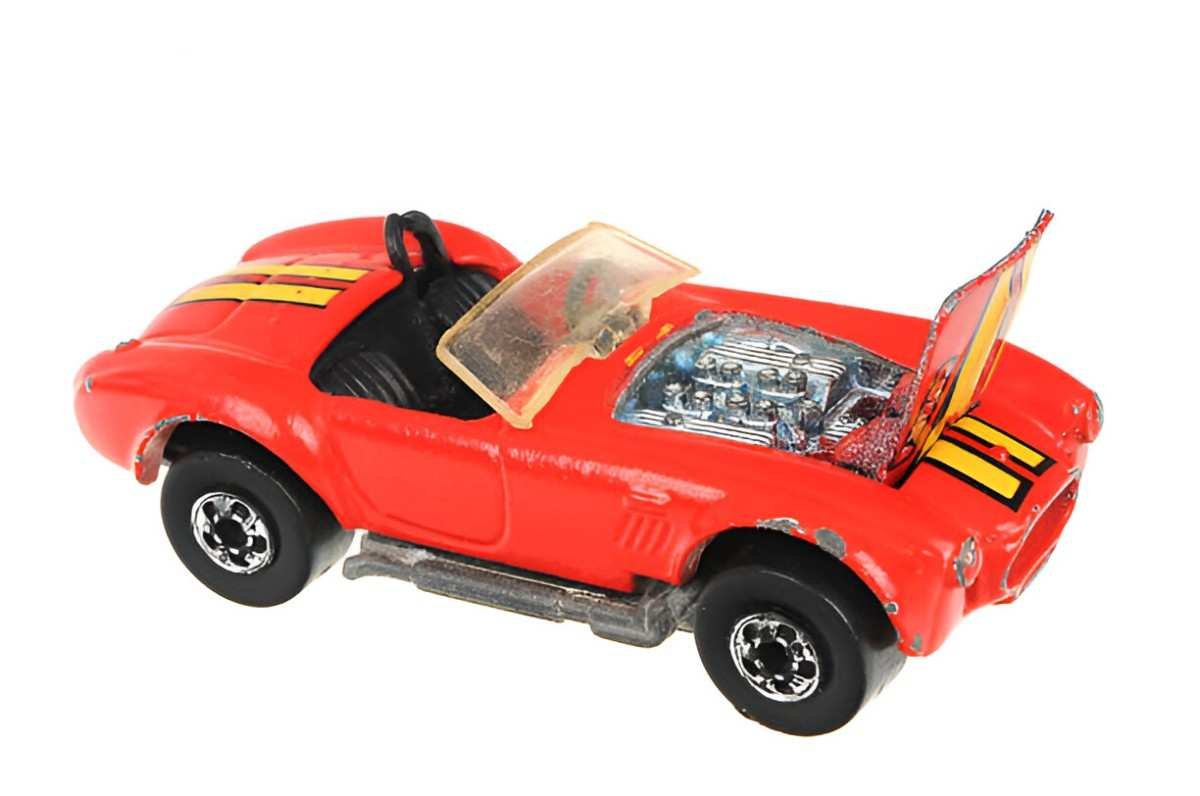As someone who has been fascinated by collectibles and investments, I often encounter the question: Are Hot Wheels a good investment? These miniature die-cast cars, which debuted in 1968, hold a special place in popular culture. Over the decades, they have gone from being children’s toys to coveted collectibles. But can they offer real financial returns? Let’s dive into the world of Hot Wheels to analyze their potential as investments.
Table of Contents
Understanding Hot Wheels as Collectibles
Hot Wheels are small, intricately designed cars made by Mattel. They come in various models, themes, and series, some of which are highly sought after. For collectors, the value of a Hot Wheels car depends on factors like rarity, condition, age, and demand.
Key Factors That Influence Hot Wheels’ Value:
- Rarity: Cars produced in limited quantities or with manufacturing errors tend to be more valuable. For example, the “Rear-Loading Beach Bomb” is one of the rarest Hot Wheels models, fetching upwards of $100,000.
- Condition: Collectors prize models that are in mint condition, often graded on a scale from 1 to 10. Packaging also matters—an unopened Hot Wheels car in its original blister pack is worth more than a loose car.
- Demand: Pop culture influences and nostalgia can drive demand. Cars linked to movies, TV shows, or specific historical periods often attract interest.
- Age: Older models, especially those from the Redline Era (1968-1977), are generally more valuable because of their vintage appeal.
How to Identify Valuable Hot Wheels
Not all Hot Wheels are created equal, and understanding their worth requires some research. Here’s how I approach it:
- Inspect the Production Year: Look at the car’s base for its production year. Models from the 1960s and 1970s usually have higher value.
- Search for Limited Editions: These include Treasure Hunts and Super Treasure Hunts, which have unique paint finishes and wheels.
- Look for Manufacturing Errors: Misprints, mismatched wheels, or other factory defects can increase a car’s value.
Comparison Table: Redline Era vs Modern Hot Wheels
| Feature | Redline Era (1968-1977) | Modern Hot Wheels (Post-1995) |
|---|---|---|
| Typical Value | $50 – $100,000+ | $1 – $500 |
| Production Volume | Limited | Mass-produced |
| Collector Demand | High | Moderate |
| Durability | Metal bases and wheels | Plastic components |
Investment Potential: The Numbers
Investing in Hot Wheels requires a clear understanding of potential returns. Let’s analyze this with a hypothetical example:
Example: Investing in a Treasure Hunt Car
- Purchase Price: $10
- Appreciation Rate: 10% annually (based on historical trends for limited editions)
- Holding Period: 10 years
Using the formula for compound interest:
FV = PV \times (1 + r)^nWhere:
- FV = Future Value
- PV = Present Value
- r = Annual Rate of Return
- n = Number of Years
In this scenario, the $10 car grows to $25.94 in a decade. While the growth is modest, rare models can appreciate significantly faster.
Pros and Cons of Investing in Hot Wheels
Advantages:
- Low Initial Cost: Entry into Hot Wheels collecting doesn’t require substantial capital. Cars can be purchased for as little as $1.
- Tangible Asset: Unlike stocks, Hot Wheels are physical items, which some investors prefer.
- Nostalgia Factor: These cars tap into a sense of nostalgia, which drives demand and adds intrinsic value.
Disadvantages:
- Illiquidity: Selling collectibles can take time, as you need to find the right buyer.
- Storage Requirements: Keeping cars in mint condition requires proper storage, which can be challenging.
- Market Volatility: The collectible market is influenced by trends and economic conditions.
Real-Life Success Stories
Hot Wheels have created wealth for savvy collectors. One notable story is Bruce Pascal, who owns a collection worth over $1.5 million, including the rare Rear-Loading Beach Bomb. His strategy involved targeting rare, mint-condition cars and holding them for years.
Another example involves the 1995 Treasure Hunt series. Initially sold for $1, some models now fetch over $500, highlighting the long-term potential of limited editions.
Strategies for Investing in Hot Wheels
If you’re considering investing in Hot Wheels, here are my tips:
- Research the Market: Stay updated on trends by joining collector forums and attending trade shows.
- Diversify: Don’t put all your money into one type of car. Diversify across eras, themes, and conditions.
- Network with Collectors: Building relationships with other collectors can help you identify opportunities.
- Store Properly: Use protective cases and avoid exposure to sunlight or humidity.
Illustration Table: Storage Tips
| Storage Aspect | Best Practices |
|---|---|
| Environment | Cool, dry, and dark spaces |
| Packaging | Keep cars in original packaging |
| Display | Use UV-protected display cases |
SEO-Optimized Takeaways
If you’re searching for answers about Hot Wheels as investments, here are the main points to remember:
- Are Hot Wheels a good investment? Yes, if you focus on rare, high-demand models and maintain them properly.
- How do I identify valuable Hot Wheels? Look for rare, mint-condition cars from the Redline Era or limited editions.
- What is the potential ROI? It varies, but some cars appreciate significantly over time, especially rare models.
Final Thoughts
Hot Wheels can be a rewarding investment for those who enjoy collectibles and understand the market. While they may not offer the rapid growth of stocks or real estate, they provide a unique blend of nostalgia and financial potential. With careful research and a long-term perspective, these tiny cars might just drive your investment portfolio to interesting new heights.





